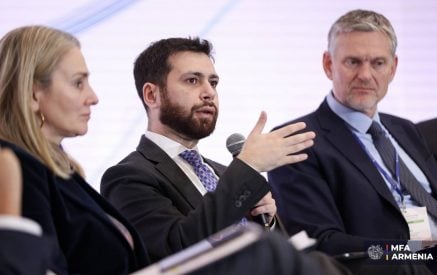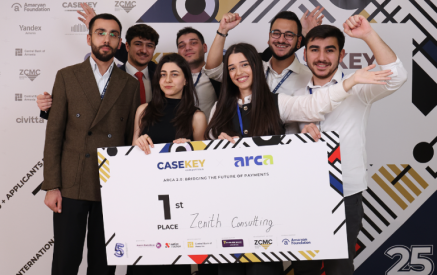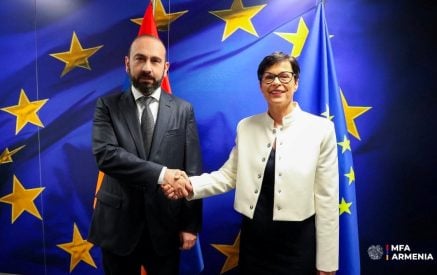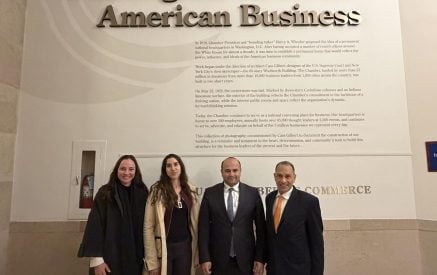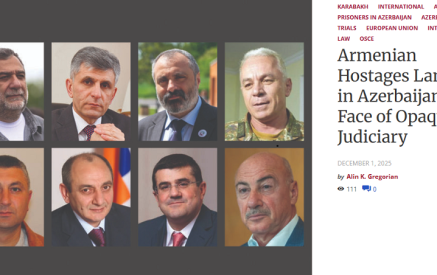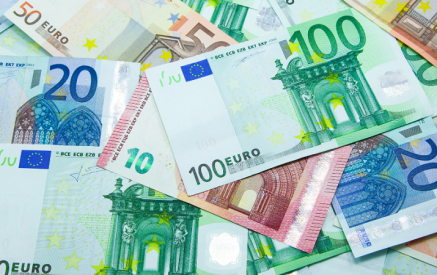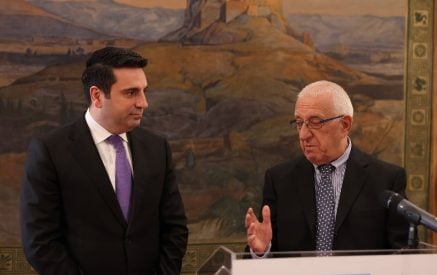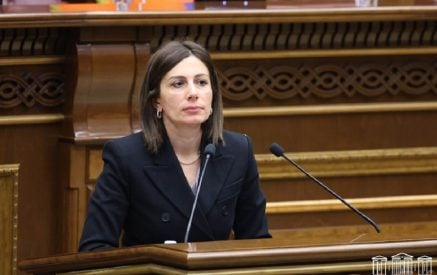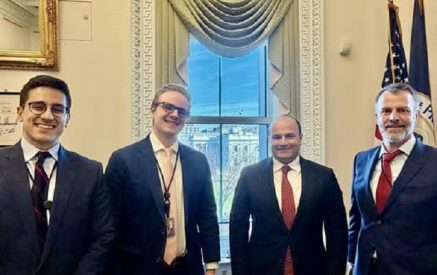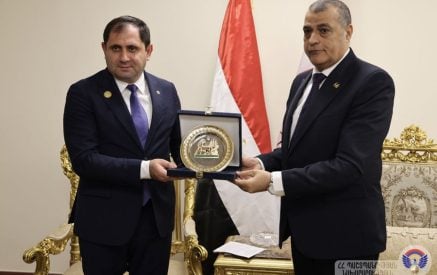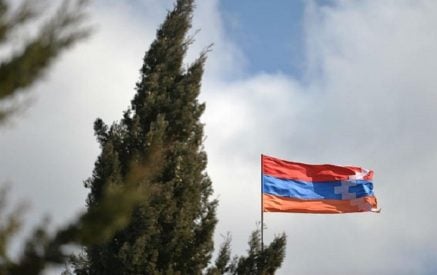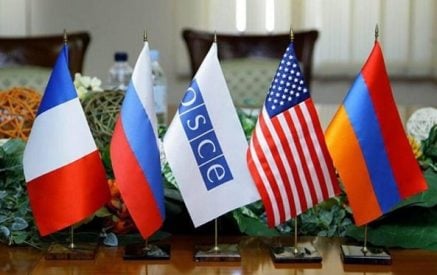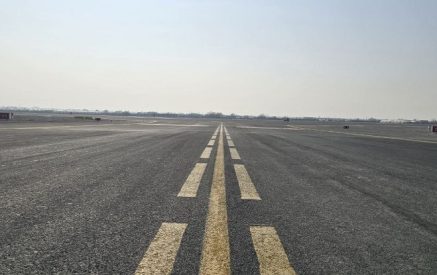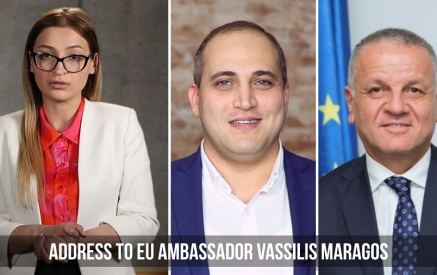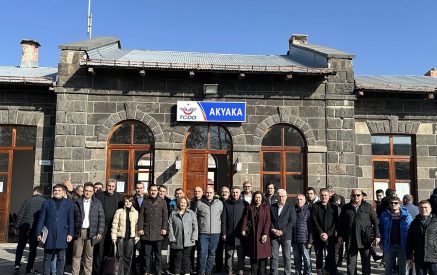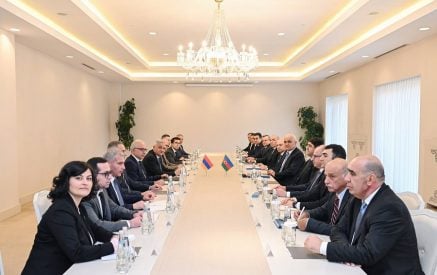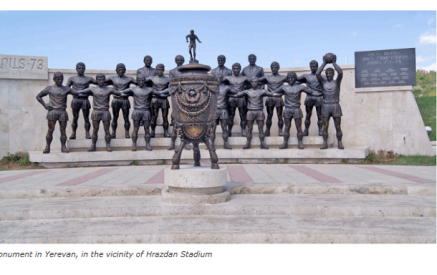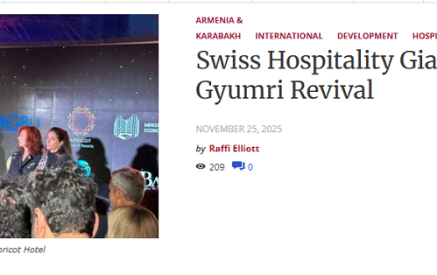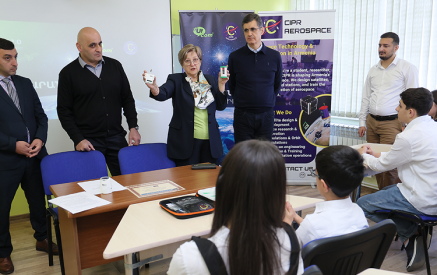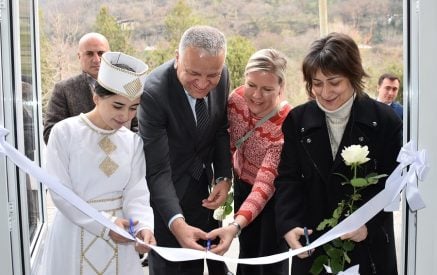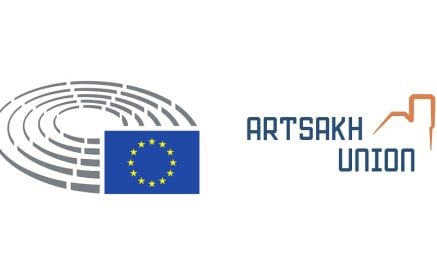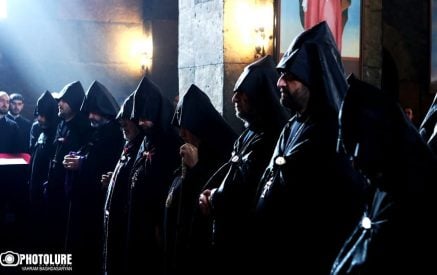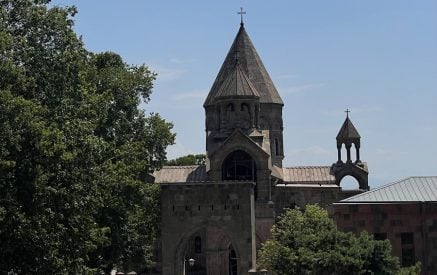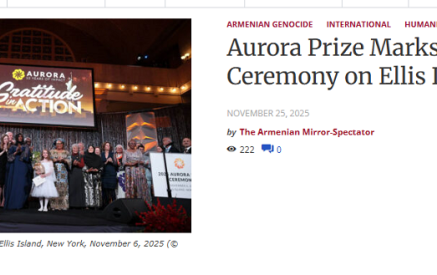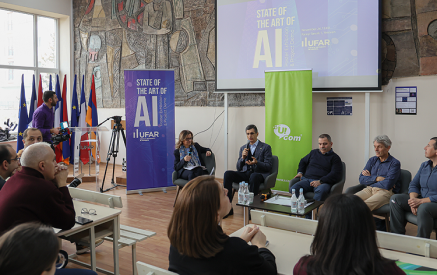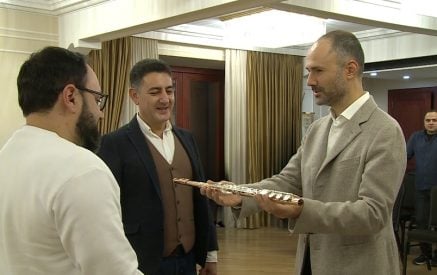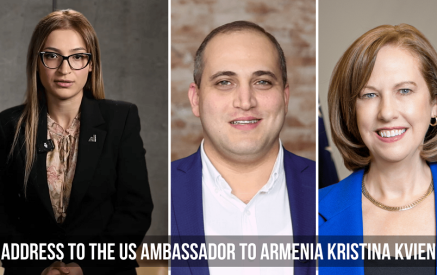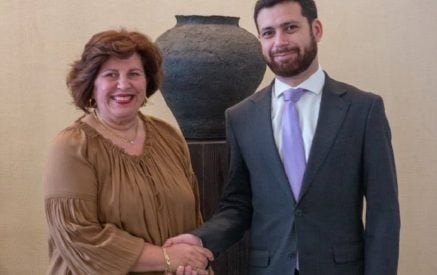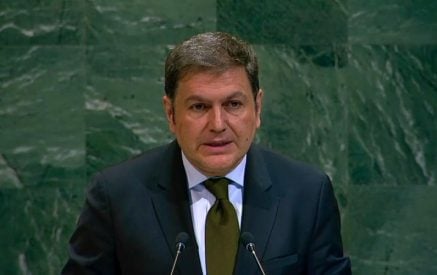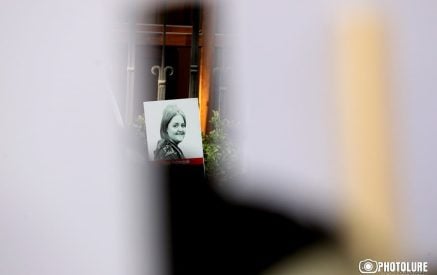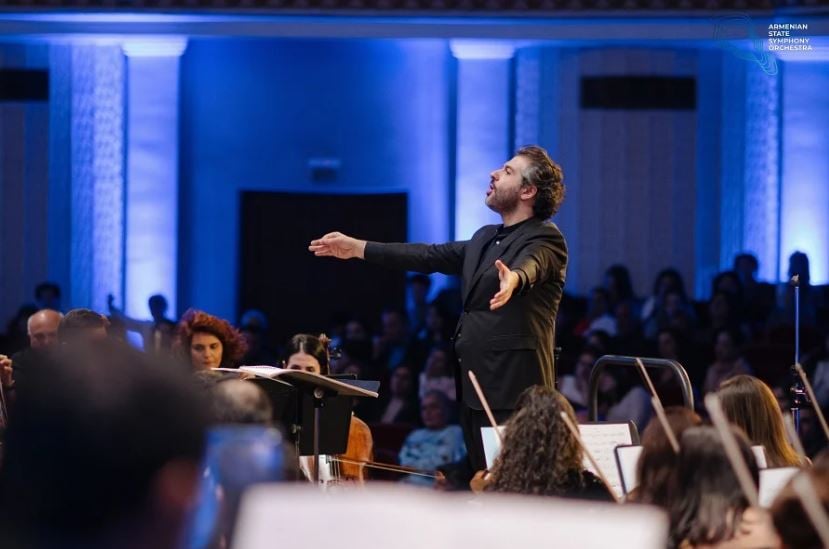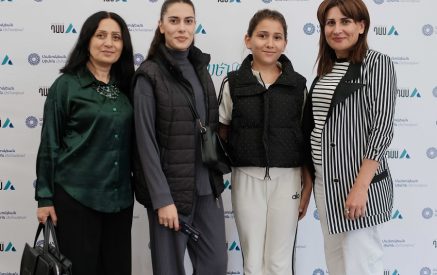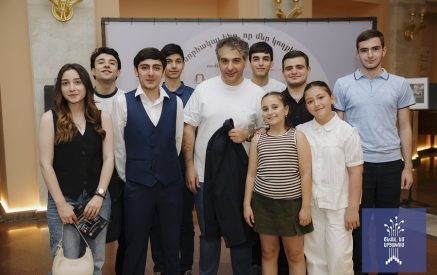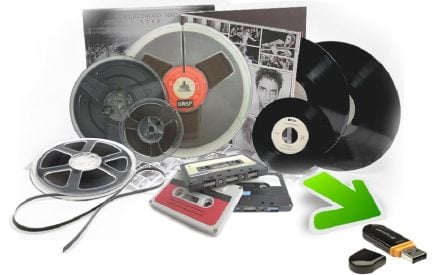The “Armenia” International Music Festival, held in the capital city Yerevan for the 7th time, this year took place from September 14 to October 11. It included 7 concerts as well as a series of master classes. The program of performances blended a fascinating collection of works: alongside Western European and Russian composers’ works, those by contemporary Armenian composers were performed, as well as the concerts of the Maltese composer Alexey Shor, some of which I found particularly intriguing and I’m going to refer to them without delving into detailed musical analysis.
The Armenian audience has known Alexey Shor since the Festival’s early years. As stated on the official website of the Armenan State Symphony Orchestra, the composer is now a resident composer of the 18th concert season, showcasing the clear foundations of collaboration between the Orchestra and the composer. Shor’s compositions have gained popularity across numerous countries worldwide. He began his artistic journey at a considerably adult age and currently contributes significantly to neoclassical style and concert genres. His works are performed by famous contemporary artists and can be found on the composer’s YouTube page.
At the opening concert of the festival, the composer’s new violin concerto “Carpe Diem” was performed by the famous young virtuoso violinist Stephen Waarts. The concert has a three-part structure and is in the neoclassicism style, but with the combination of modern compositional techniques. The composer used a whole group of drums, presenting the listener with the entire palette of percussion instruments. The latter constantly keeps a dialogue with the solo violin, creating interesting modulation combinations. The second part of the concerto is notable for its dynamic anxiety, the composer masterfully presents the melody in the soloist’s orchestral section, while the melody jumps in the woodwind passages, keeping the listener in a state of lightness, at the same time in tension which is hard to discharge.
Stephen Waarts also performed with the orchestra in the second half of the concert, presenting Khachaturian’s famous Violin Concerto. In both works, the violinist thoroughly followed the dynamic signs, and this was most vividly expressed in the performance of Khachaturian’s Violin Concerto, preserving “European politeness” in the bright and explosive piece. Of course, this is an interesting approach and a new way of interpreting the Concerto.
Read also
At the second concert of the festival, on September 16, the Chinese pianist Zee Zee presented Alexey Shor’s “Childhood Memories” Cycle for piano and orchestra. This work of the composer is programmatic and displays his vivid childhood memories. The title of each movement seems to create the impression of introducing a phenomenon or a toy. The composition is cheerful, without excessive heavy chords and has a synthetic structure. During the performance, the listener is immersed from time to time in chaste, sometimes melancholy memories, which, however, do not last long, and the chords based on the bright major quickly dissipate the atmosphere, returning the listener to the realm of pleasant childhood feelings. An exception here is the last movement, which the composer called “First Love”. In this section, the composer masterfully storms both the piano and the orchestra: several themes are constantly intermingled, separated, and then rejoined. In the finale of the piece, the orchestral accompaniment heats up and ends in a major mood, leaving feelings of benignity in the listener’s memory. I should mention that it was nice to see many parents who had come with their children to enjoy this concert in the amphitheater of the concert hall.
The next concert of the festival featured the pianist Yekwon Sunwoo from South Korea. He performed Alexey Shor’s “Travel Notebook”. This piece talks about the composer’s impressions when travelling to different cities: Barcelona, Rome, Paris, Venice, etc. The composition has been played many times in Yerevan and has become one of the listeners’ favorite works. The performance was received with great enthusiasm by the full hall, calling the soloist back to the stage several times. In this seven-movement Cycle written in concert style, the composer has set quite serious technical tasks for the soloist, which is masterfully combined with the transparent accompaniment of the orchestra. The order of the movements is also well thought out: the first movement is a prayer and the last one is a horsemen’s procession. The composer marvelously portrays all these famous European scenes through orchestral passages and juxtapositions of musical instruments. By the way, it was interesting to see many Korean tourists in the concert hall, and as it turned out after a short conversation, these large groups had come to Armenia to listen to Shor’s concert performed by Yekwon, which seems to be a new phenomenon in the development of cultural tourism in Armenia.
At the September 26 concert of the Festival, the famous young German cellist Gabriel Schwabe performed Shor’s Cello Concerto No. 3. He presented the work with quite a dramatic accent. The cooperation between the orchestra and the soloist on the stage was excellent, which was felt by the attitude of the musicians, and was evidenced by the feeling in the audience that the artists on the stage were enjoying this collaboration.
At the October 4 concert in the Aram Khachaturian Concert Hall, violinist Marc Bouchkov performed with the Armenian State Symphony Orchestra, and this is not the first time he has performed in Armenia. Bouchkov presented two pieces by Shor: “Phoenix” fantasy, which seems to have been performed in Armenia for the first time, and “Verdiana”, which is the violin and orchestra version of the clarinet piece under the same title.
The composer’s approach to programming is quite obvious and clearly understandable.
“Phoenix” is a tricky piece, peppered with many difficult passages for the violinist. The composer has written quite dense orchestra accompaniment and imbued it with an intensity reminiscent of the finale of classical symphony era. Trully, a violinist needs great articulation and full phrasing skills, as well as the right sounding instrument, to handle this tandem. During the performance, it was constantly felt that the rather dry acoustics of the concert hall created difficulties for the conductor, which is why the latter paid great attention to the balance of the orchestra and the soloist, constantly controlling the intensity of the orchestra manually during the performance, so that the soloist would not blend into the dense texture of the orchestra. Marc Bouchkov, who is a virtuoso violinist, marvelously performed these two dramaturgically diverse, but equally complex pieces for the violin.
Indeed, the “Armenia” International Music Festival has become one of the important annual musical events held in Yerevan, presenting the works of famous composers performed by world-renowned soloists. Concerts held in full halls testify to the great success of the festival and the positioning of Armenia as a cultural country.
Hasmik Tigranyan


